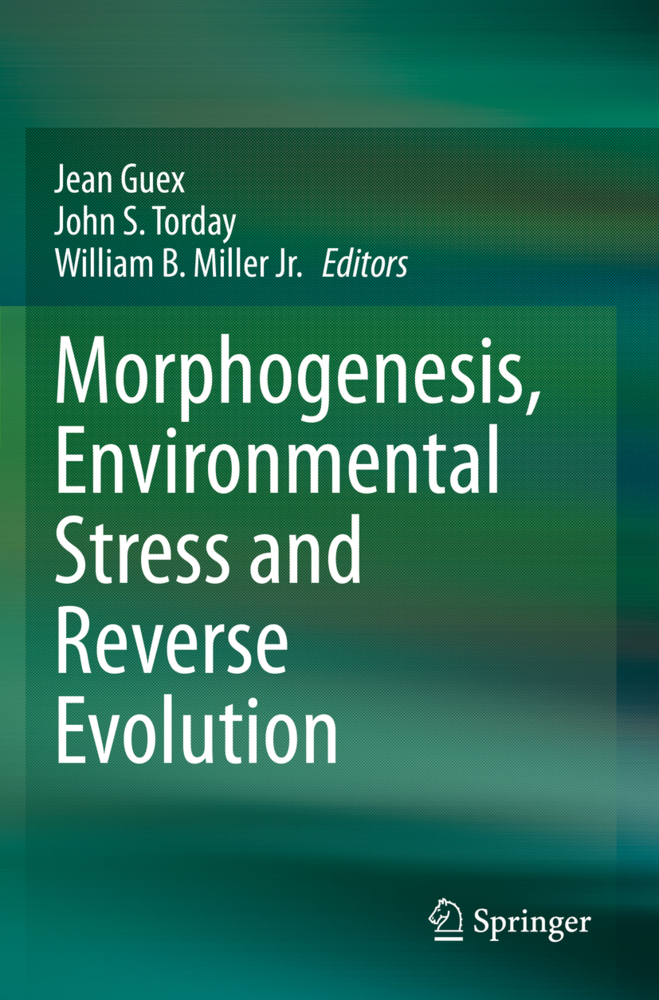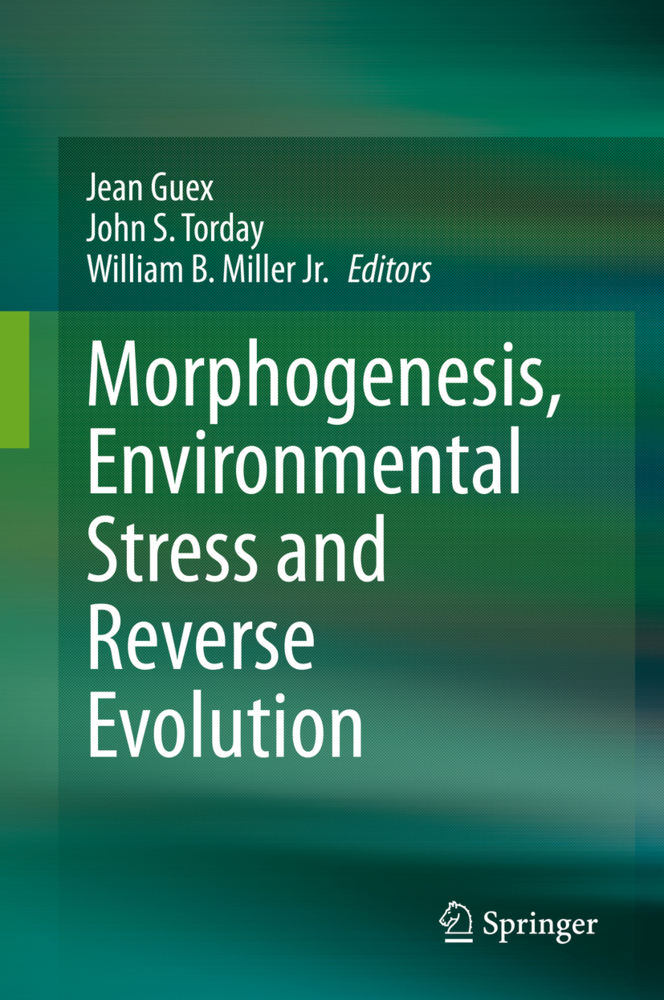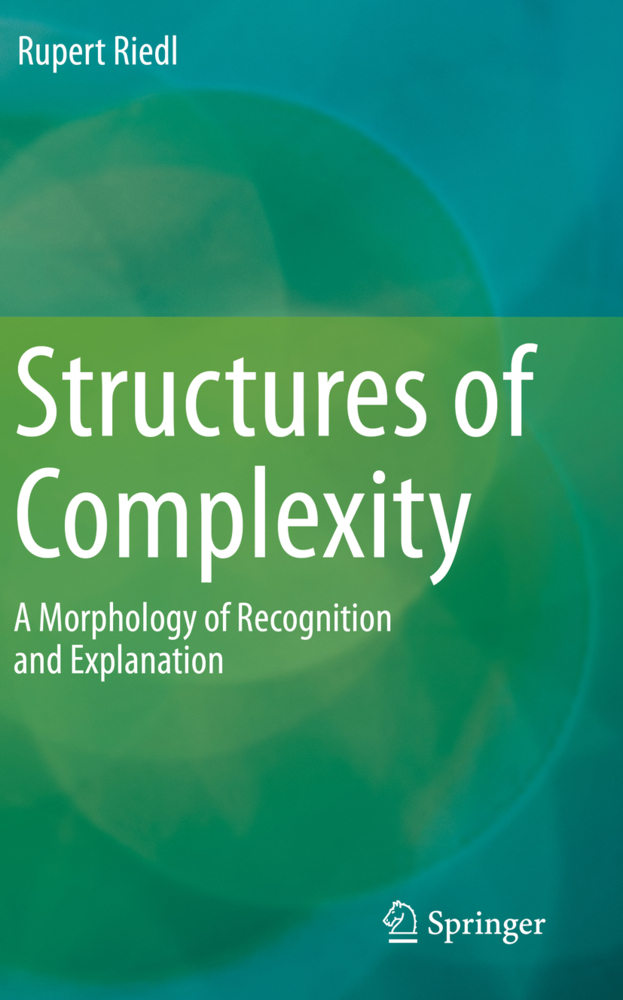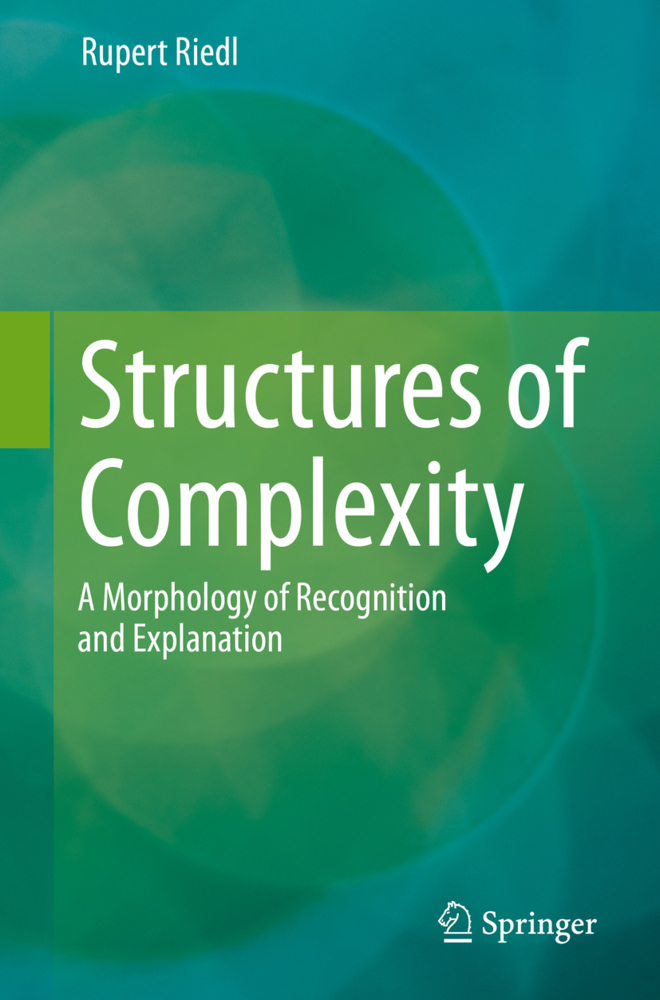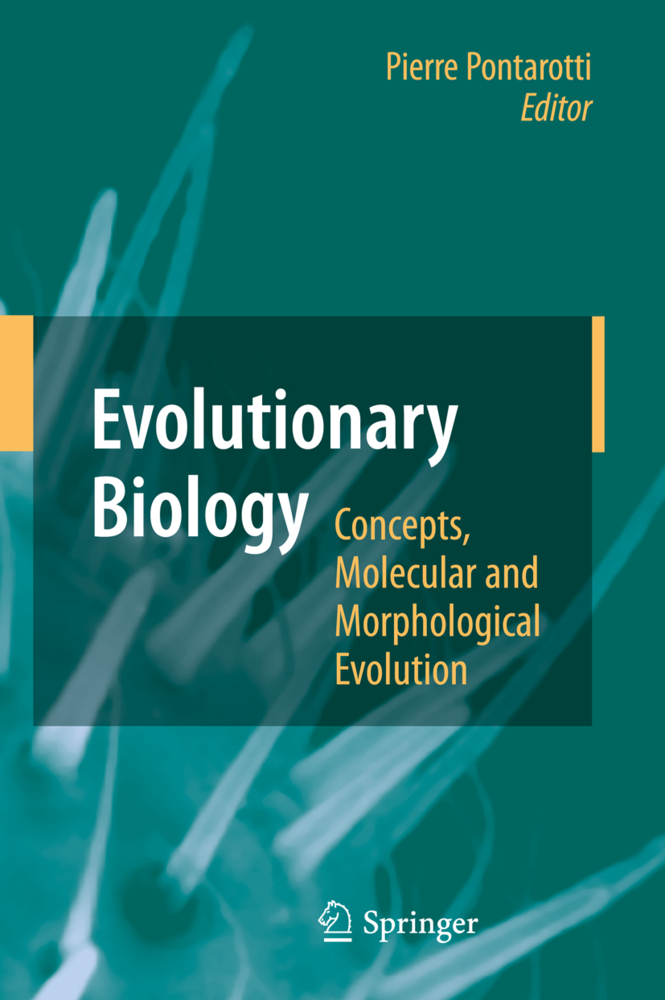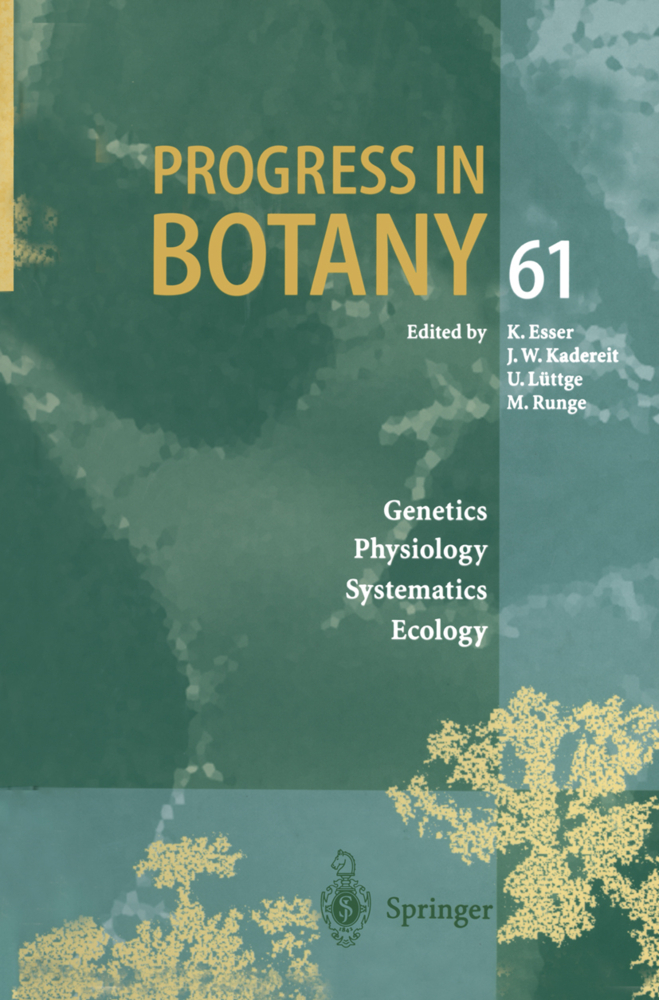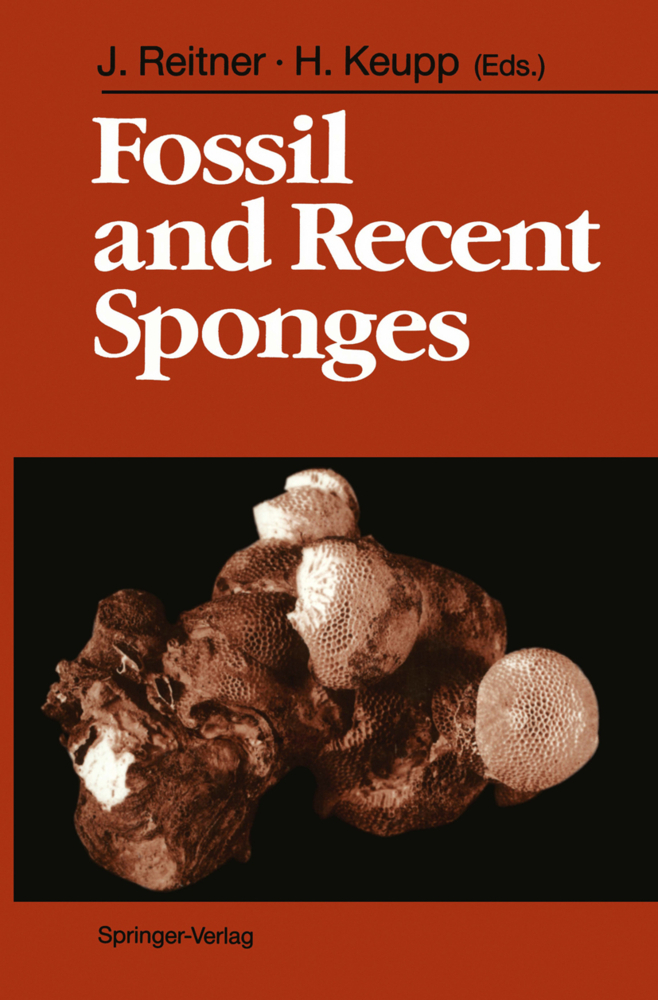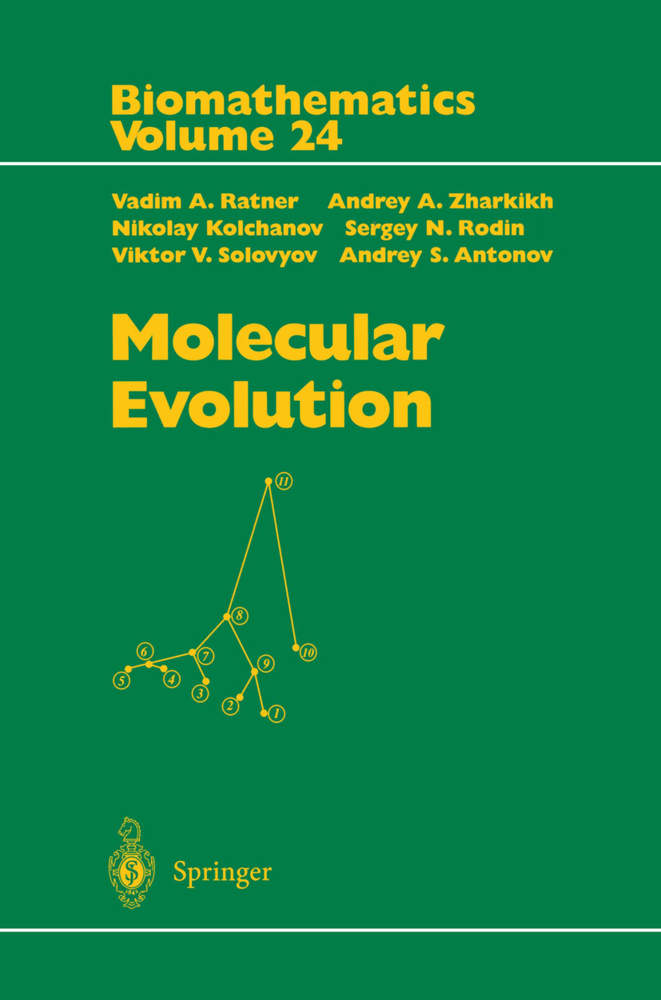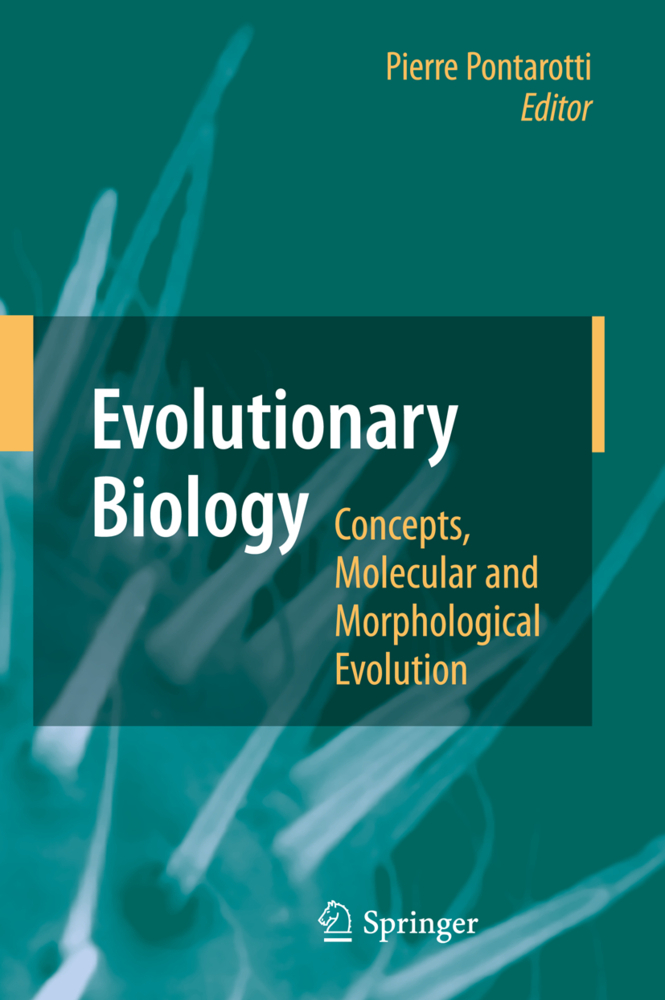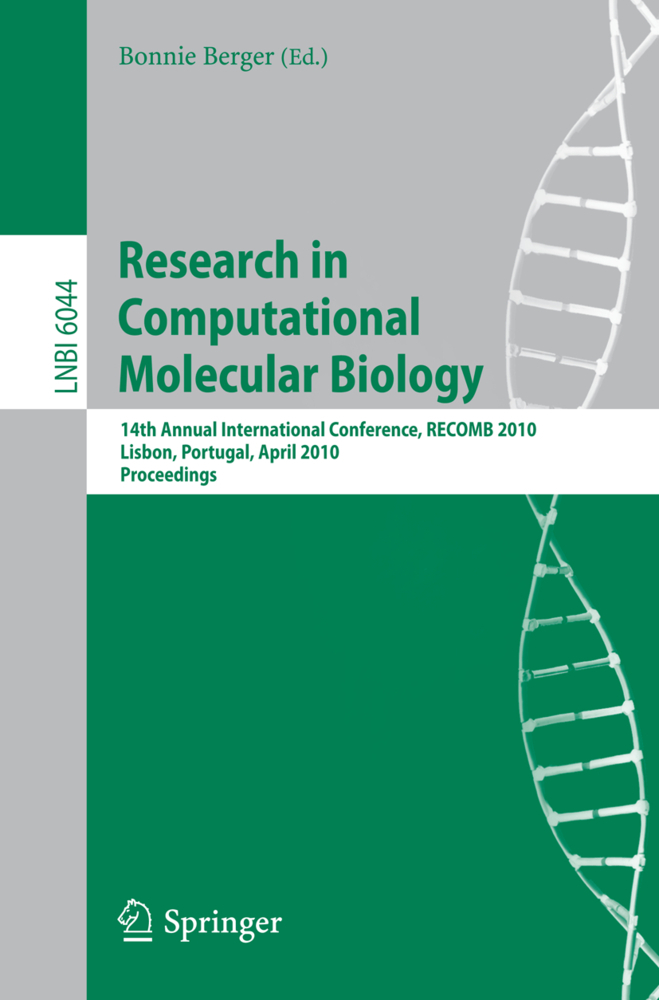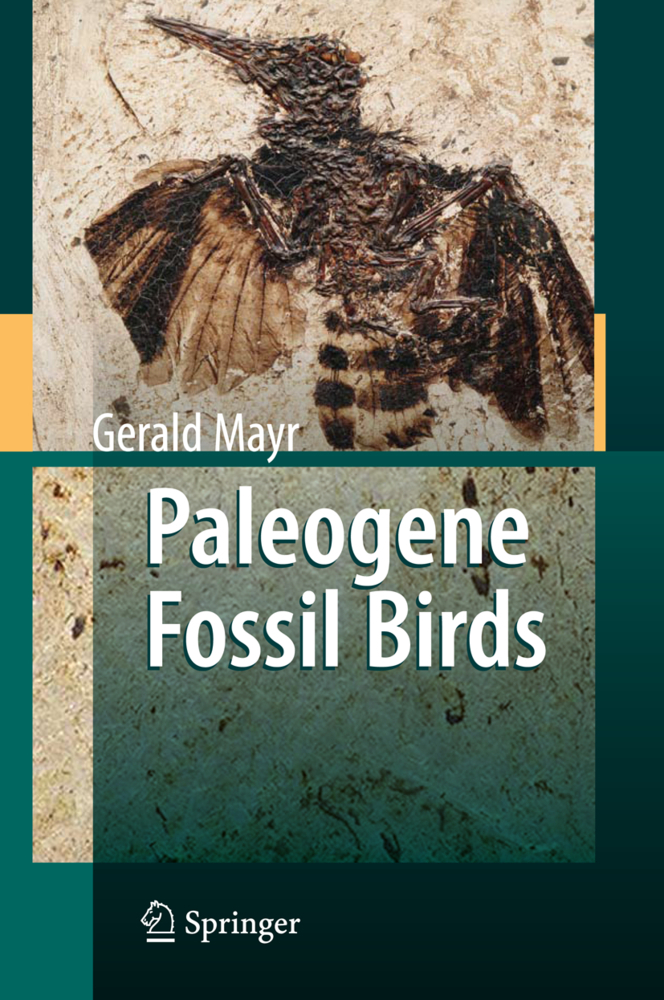Morphogenesis, Environmental Stress and Reverse Evolution
Morphogenesis, Environmental Stress and Reverse Evolution
It is widely acknowledged that life has adapted to its environment, but the precise mechanism remains unknown since Natural Selection, Descent with Modification and Survival of the Fittest are metaphors that cannot be scientifically tested. In this unique text, invertebrate and vertebrate biologists illuminate the effects of physiologic stress on epigenetic responses in the process of evolutionary adaptation from unicellular organisms to invertebrates and vertebrates, respectively. This book offers a novel perspective on the mechanisms underlying evolution.
Capacities for morphologic alterations and epigenetic adaptations subject to environmental stresses are demonstrated in both unicellular and multicellular organisms. Furthermore, the underlying cellular-molecular mechanisms that mediate stress for adaptation will be elucidated wherever possible. These include examples of 'reverse evolution' by Professor Guex for Ammonites and for mammals by Professor Torday and Dr. Miller. This provides empiric evidence that the conventional way of thinking about evolution as unidirectional is incorrect, leaving open the possibility that it is determined by cell-cell interactions, not sexual selection and reproductive strategy. Rather, the process of evolution can be productively traced through the conservation of an identifiable set of First Principles of Physiology that began with the unicellular form and have been consistently maintained, as reflected by the return to the unicellular state over the course of the life cycle.
1. Introduction.- 2. The controversial Cope's, Haeckel's and Dollo's rules.-3. Impact of the environmental stress on the Late Permian pollen grains from Zechstein deposits of Poland.- 4. Stress-related evolution in Triassic conodonts and the Middle Norian juvenile mortality.- 5. Morphogenesis, reverse evolution and environmental stress: The Case of early Triassic Conodonts.- 6. Developmental plasticity induced by either external or internal environment co-opts ancient regulatory networks.- 7. Extreme Morphological Plasticity within Orbulina-"Praeorbulina-Like" assemblages related to environmental Stress.- 8. Steps of morphogenesis and iterative evolution of Imperforate Larger Foraminifera in shallow carbonate shelves during Mesozoic times - possible relations to symbiotic and abiotic factors.- 9. Morphological deformation of foraminiferal tests caused by intertidal oil spills (black tides).- 10. Environmental Control on Biotic Development in Siberia (Verkhoyansk Region) and Neighboring Areas During Permian-Triassic Large Igneous Province Activity.- 11. Stress, Development, and Evolution in Coral Reef Communities.- 12. Fossil benthic foraminifera morphologic adaptation (kleptoplastidy) within low oxygen bottom water environments, coupled with geochemical insights from the Upper Cretaceous in the Levant Basin.- 13. Evolution as a Timeless Continuum.- 14. Chronic Disease as Reverse Evolution.
Guex, Jean
S. Torday, John
Miller Jr., William B.
| ISBN | 978-3-030-47281-8 |
|---|---|
| Artikelnummer | 9783030472818 |
| Medientyp | Buch |
| Copyrightjahr | 2021 |
| Verlag | Springer, Berlin |
| Umfang | VI, 322 Seiten |
| Abbildungen | VI, 322 p. 105 illus., 40 illus. in color. |
| Sprache | Englisch |

